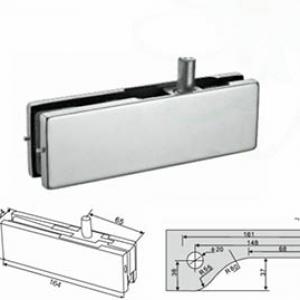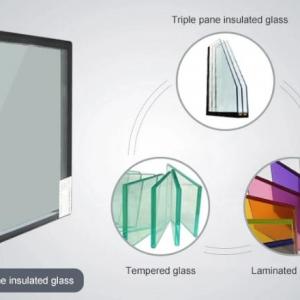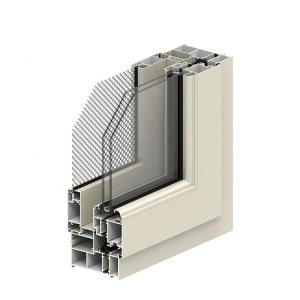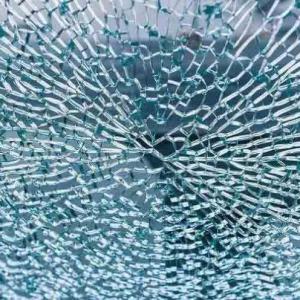How to Quickly Detect Hidden Cracks in Mirror Glass When Purchasing?
How to Quickly Detect Hidden Cracks in mirror glass When Purchasing?
As a buyer sourcing mirrors for your business—whether for home decor, hospitality projects, or commercial spaces—there’s one silent problem that can turn a great deal into a costly headache: hidden cracks in mirror glass. These tiny, almost invisible flaws aren’t just cosmetic; they weaken the glass, risk breakage during shipping, and can damage your reputation when passed on to clients. The worst part? They’re easy to miss if you don’t know what to look for.
After working with countless buyers over the years, we’ve seen too many cases where a shipment of mirrors arrived with hidden cracks, leading to delays, returns, and unexpected costs. That’s why we’re breaking down practical, no-fuss methods to spot these issues before you finalize a purchase. Let’s dive in.
1. Use Natural Light to Your Advantage
Most hidden cracks in mirrors are tricky to see under harsh, artificial lighting—they blend into the glass, especially if the mirror has a tint or frame. Instead, take the mirror to a well-lit area with soft, natural sunlight. Hold it at a 45-degree angle to the light source and slowly rotate it.
Why does this work? Natural light diffuses evenly, making even the tiniest separations in the glass visible as faint, irregular lines. Look for thin, spiderweb-like patterns or single, hairline streaks that disappear when you shift the mirror—these are classic signs of hidden stress cracks, often caused by improper handling during manufacturing.
2. The Tap Test: Listen for Unusual Sounds
This old-school trick is a favorite among seasoned buyers. Gently tap the surface of the mirror with your knuckle, moving across different areas. A solid, uniform “ping” means the glass is intact. If you hear a dull “thud” or a rattling sound in one spot, there’s likely a hidden crack beneath the surface.
Cracks disrupt the glass’s structural integrity, which changes how sound travels through it. This method is especially useful for larger mirrors, where visual checks might miss flaws in the center. Pro tip: Compare the sound to a mirror you know is in perfect condition—your ear will quickly pick up the difference.
3. Check Edges and Corners (They’re Hiding Spots)
Many hidden cracks start at the edges of the mirror, where the glass is most vulnerable to impact during cutting, framing, or shipping. Run your finger gently along the edge—if you feel a tiny bump or catch, that’s a red flag. Even if the crack doesn’t extend far into the glass, it can spread over time, especially in humid environments like bathrooms.
For corners, hold the mirror up to a light and focus on the angle where two edges meet. Cracks here often look like small, dark lines. Don’t skip this step—we’ve seen buyers overlook corner cracks only to have mirrors shatter weeks after installation.
4. Wipe and Inspect (No Smudges Allowed)
Dust, fingerprints, or cleaning residue can easily mask hidden cracks. Grab a microfiber cloth and wipe the mirror surface thoroughly—avoid using chemicals, as they might leave streaks that mimic cracks. Once clean, stand back and look at the mirror from a distance of 3-4 feet.
Scan the entire surface in a grid pattern (left to right, top to bottom). Hidden cracks often reflect light differently than the rest of the glass, creating subtle shadows. If you notice a spot that looks “off” but can’t see a clear line, lean in closer and move your head side to side—this movement will make the shadow shift, revealing the crack.
5. Ask for a Backing Check
Many mirrors have a protective backing (like paint or film) that hides cracks from view. If you’re buying from a supplier, don’t hesitate to ask if you can inspect the backing (if possible). Small bubbles or peeling in the backing can indicate a crack beneath—moisture often seeps through cracks and damages the backing over time.
For frameless mirrors, this step is crucial. Even a tiny crack can cause the backing to deteriorate, leading to the mirror “clouding” or peeling long before its expected lifespan.
Why This Matters More Than You Think
Hidden cracks aren’t just a quality issue—they’re a risk. A mirror with a hidden crack might survive shipping but shatter when hung, injuring someone. Or it could fail a safety inspection, costing you time and money to replace. For businesses that rely on consistent quality (like hotels or interior designers), one bad mirror can damage client trust.
That’s why working with quality mirror suppliers matters. Reputable suppliers test their mirrors for hidden cracks before shipping, using advanced tools alongside these manual checks. But even the best suppliers can make mistakes—so arming yourself with these inspection skills ensures you’re never caught off guard.
Your Turn: What’s Your Inspection Hack?
We’ve shared our go-to methods, but we know buyers like you have tricks of your own. Have you ever found a hidden crack in a mirror using a method we didn’t mention? Or have you learned a lesson the hard way? Share your story in the comments below—we’d love to hear from you.
And if you’re tired of dealing with hit-or-miss quality when buying mirrors wholesale, let’s talk. At Hiking Glass & Mirror, we build our reputation on mirrors that pass every inspection—so you can focus on growing your business, not fixing avoidable mistakes.
 English
English Russian
Russian




